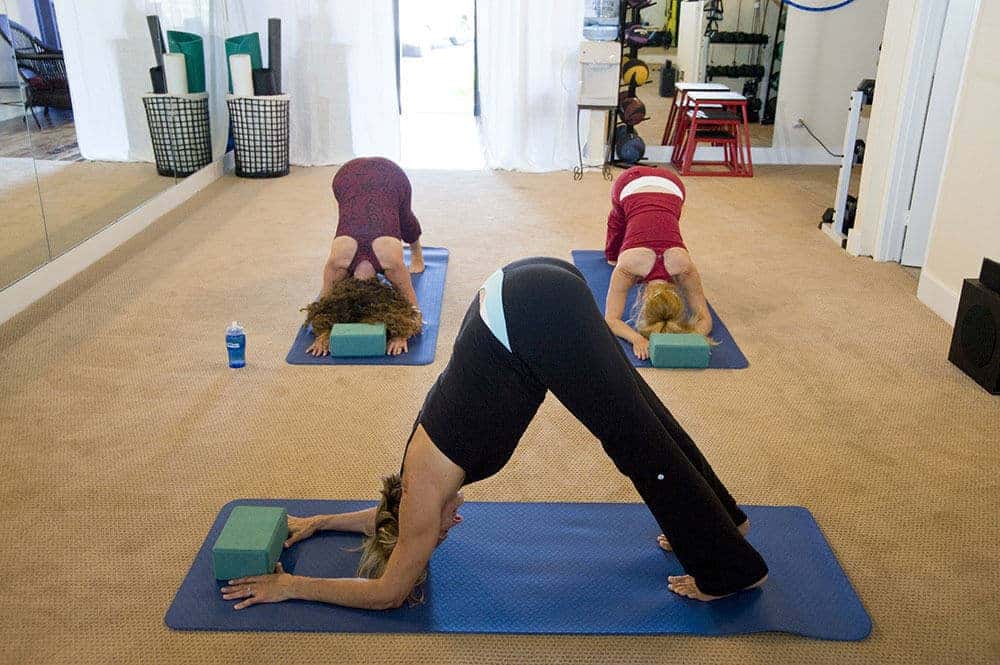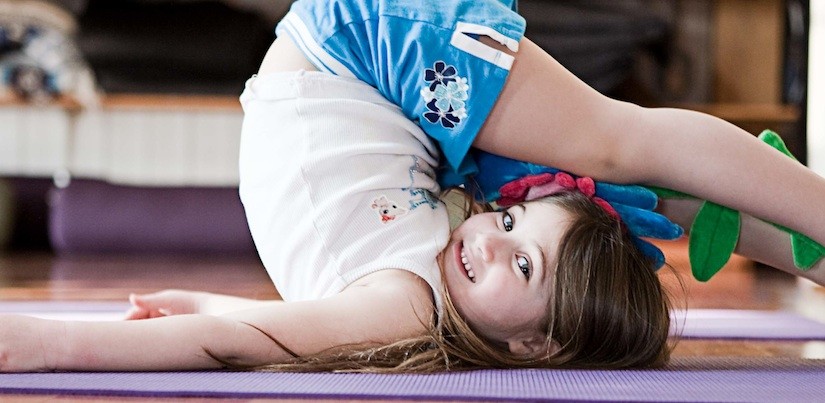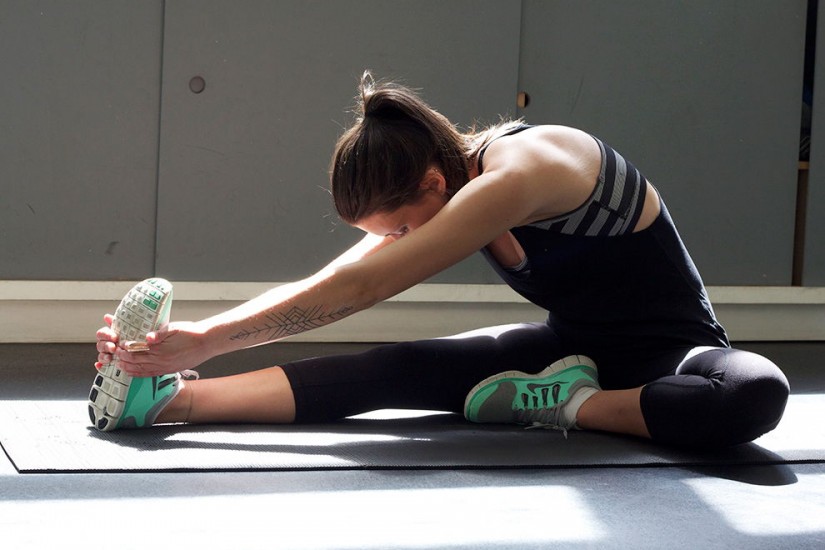For thousands of years, practitioners have used mind-body exercise such as yoga as a great stress reliever while strengthening, toning and increasing flexibility. Today, yoga is more popular than ever–even outside of the studio. Increasingly, personal trainers, fitness professionals, and fitness-minded exercisers are incorporating yoga moves and equipment into their routines.
Try adding the following to your fitness routines and yoga practices:
Warrior II:
This is a great yoga move to strengthen legs and glutes, improve postural alignment and core strength and to stretch adductors. Standing with feet a leg length apart on a sticky mat (to improve traction and provide some cushioning), turn your right foot out 90-degreesand the left foot 45 degrees. Keeping the pelvis level, bend the right knee so that it is directly over the ankle, with center of kneecap aiming toward the 2nd and 3rd toes. Keep your weight even on both legs and your torso vertical, contracting the abs and pressing the shoulder blades down and back to work the core. Keeping your base solid and pulling your abs in and up, extend the arms out to the sides and focus your gaze over your right hand. Breathe evenly through the nose and start out holding the pose for 10 breaths, increasing the amount of time with experience. Repeat on the other side and evenly train your body.
Downward Dog:
Perhaps one of the most recognized yoga postures, downward dog is a great way to strengthen the whole body, build functional strength, and stretch the hamstrings and calves. Begin by getting on your hands and knees, with your hands six-inches from the front of your sticky mat. Place your hands under shoulders and knees under hips, spread fingers wide and press every knuckle into floor. With your inner-elbow creases facing forward, draw the shoulder blades down the back. In one smooth motion flatten the spine, tuck the toes under and lift the hips up and back while straightening the legs–forming an upside down “V” over the sticky mat. In this position reach the heels toward the floor, pull the inner thighs up and back as you lengthen through the waist. Try to bring the weight into the legs, keep the palms pressing into the mat and let the head hang to relax the neck.
Yoga Block:
If your hands can’t reach the floor during standing forward bends or any yoga pose, a yoga block is an invaluable tool. By bringing the floor closer, users can maintain proper form and reduce the risk of injury. Yoga blocks can also be used to help keep knee and feet alignment during bridges, leg presses, stability ball squats and more by placing the block between the legs (just above knees) while performing the exercises.
Yoga Straps:
Yoga straps are crucial for beginners and are a very helpful tool for more advanced yoga practitioners and fitness participants. By increasing one’s reach they help to advance strength and flexibility and while performing static stretches, such as a supine straight-legged hamstring stretch. Yoga belts can also be looped with the buckle to support upper-arm placement in poses such as planks, downward dog, scorpion, back bends and more.




